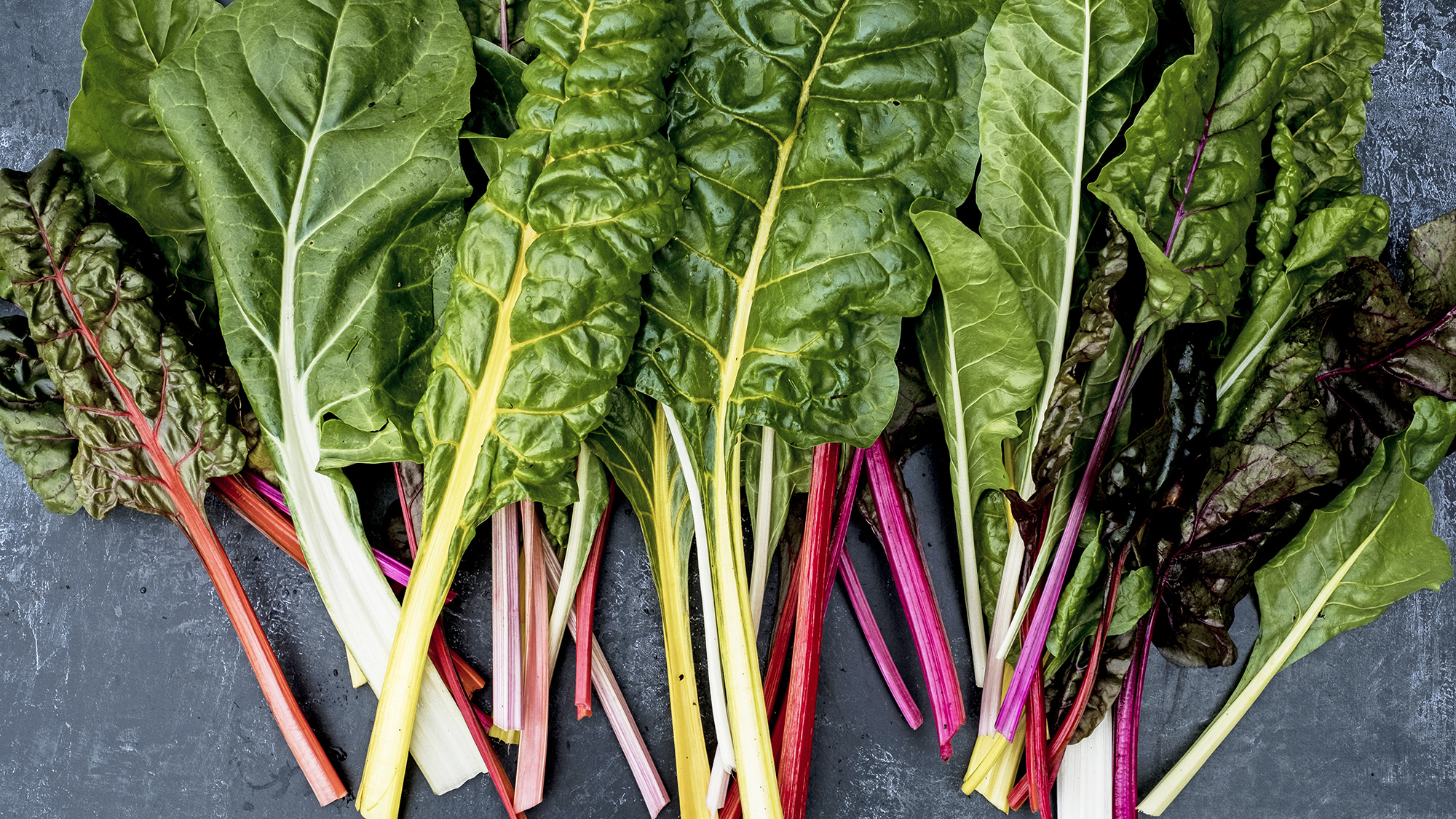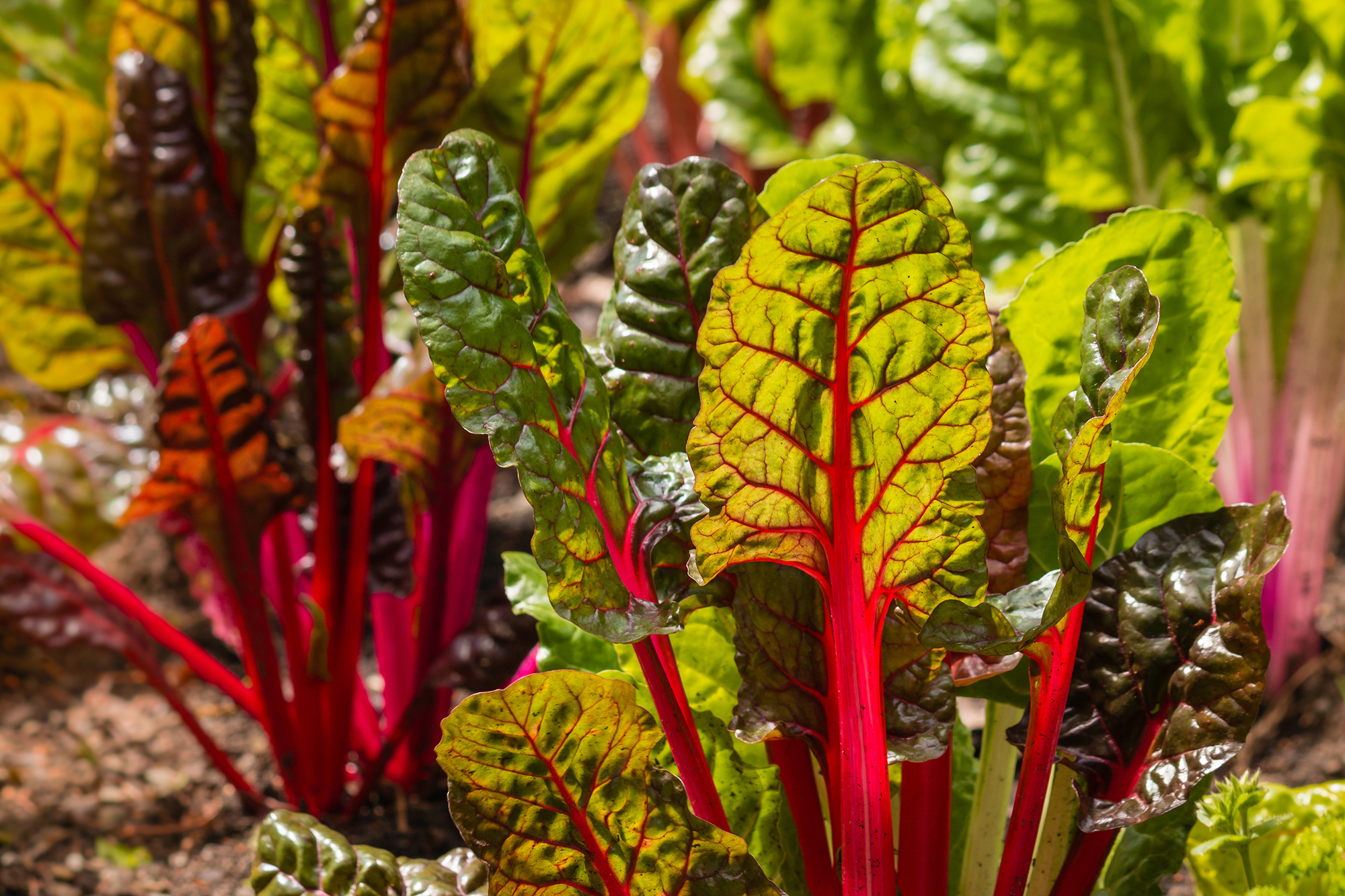When to harvest Swiss chard – to get the most out of your crop
Discover when to harvest Swiss chard to maximize its growing potential and enjoy the most delicious leaves


Knowing when to harvest Swiss chard is important if you want the tastiest leaves and to avoid over-stressing the plant.
Swiss chard makes such a wonderful addition to your vegetable garden ideas, and is a generous yielder – with careful harvesting, the plants can keep going for many months. It’s also a highly ornamental crop, adding color and interest to your veg plot.
‘Whether you call it leaf beet, seakale beet, spinach beet, or Swiss chard, you can't deny the appeal of this delicious and attractive vegetable,’ says Kelly Funk, president of Park Seed. ‘With white, yellow, or red leafstalks, Swiss chard brings vivid color to the garden and tangy flavors to the table.
‘Some say if you like spinach, you'll adore chard: they're in the same family, along with beets. It tastes mild yet earthy and sweet, with faint undercurrents of bitterness.’
To add to its benefits, Swiss chard is one of the easiest vegetables to grow, is heat and frost tolerant, is one of the best drought-tolerant vegetables, and a fantastic source of vitamins. Good varieties to grow include Bright Lights, Ruby and El Dorado.
When to harvest Swiss chard – expert guide
‘Knowing when and how to harvest Swiss chard depends on whether you want baby leaves – which are more tender and flavorful – or mature leaves, which are bigger and have a stronger flavor,’ says Gail Pabst, expert horticulturist at All-America Selections and the National Garden Bureau.
‘For baby leaves, you should be able to start harvesting around 28-35 days from sowing seed; for mature leaves it is likely to be around 49-60 days.’
Many gardeners find they can start picking in mid spring, and keep harvesting these kitchen garden ideas through fall.
When deciding whether you’d prefer to harvest young or mature leaves, think about how you intend to use it in the kitchen.
‘If you like small, tender leaves for a fresh spring mix of leafy greens, cut them when young. If you prefer large leaves with colorful, crunchy ribs for sautéing, let the plant grow until the leaves are the size you desire,’ says Michele Chambliss, horticulturist at Perennial Garden Consultants.
Bear in mind that chard’s flavor gets stronger when the leaves are more mature, and the leaf’s stem can become stringy, so you may wish to remove this part.

How do you know when Swiss chard is ready to harvest?
Swiss chard is ready to harvest as soon as the leaves are large enough to eat. However, if you take too many leaves while the plant is young, then you will limit its lifespan.
‘If you want to harvest baby leaves, wait until the leaves are about 4 inches long. At this stage, the plant will be about 12 inches tall and have at least 10 leaves,’ says Lindsey Hall, horticulturist for Positive Bloom.
‘Harvest a couple of leaves (no more than a third of all leaves) to encourage the plant to produce more.’
Try to maximize your Swiss chard harvest before the plant bolts and goes to seed during the summer, as the leaves will taste more bitter at this stage.
Sign up to the Homes & Gardens newsletter
Design expertise in your inbox – from inspiring decorating ideas and beautiful celebrity homes to practical gardening advice and shopping round-ups.

Melanie has worked in homes and gardens media for two decades. Having previously served as Editor on Period Living magazine, and worked on Homes & Gardens, Gardening Etc, Real Homes, and Homebuilding & Renovating, she is now focusing on her passion for gardening as a Senior Editor at Gardening Know How. As a keen home grower, Melanie has experimented with pretty much every type of vegetable at some point – with mixed results. Often it is the simplest things that elude you, which may explain why she just can't seem to master zucchinis.
-
 Plants never to grow next to fruit trees
Plants never to grow next to fruit treesExpert advice on which plants to keep away from fruit trees to encourage a healthy harvest
By Jacky Parker Published
-
 Martha Stewart's tips for arranging daffodils are unbelievably simple and effective – it's the only flower advice you need this springtime
Martha Stewart's tips for arranging daffodils are unbelievably simple and effective – it's the only flower advice you need this springtimeMartha shows us that we can create gorgeous bouquets of this seasonal flower by simply trimming the stems and placing them in specific vases
By Hannah Ziegler Published